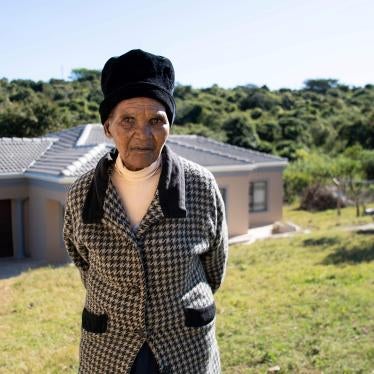|
Background Briefing
HIV and Disability
An Advocacy Brochure
Over one billion people – 15 percent of the world’s population - live with a disability significant enough to make a difference in their daily lives, and 80 percent of them live in the developing world.
It is often assumed that people with disabilities face lower risk of HIV than their non-disabled peers – because they are asexual, because they are less likely to use drugs or alcohol, and because they face lower risks of violence or sexual assault than others.
A growing body of research shows that these assumptions are wrong: persons with disabilities have the same rates of sexual activity and substance abuse as persons without disabilities. In fact, persons with disabilities may be more vulnerable to HIV because they are more likely to be abused, marginalized, discriminated against, illiterate, and poorer than the non-disabled population.
Yet people with disabilities have been largely ignored – and virtually invisible - in the response to HIV. They are rarely included in policy debates regarding HIV and are absent from the agenda of mainstream HIV organizations, international and domestic health organizations and government agencies. Governments and HIV organizations need to recognize the invisible problem of HIV among persons with disabilities and begin targeting this population before the epidemic spreads even further. Persons with disabilities also need to be included in the creation and development of programs meant to benefit them, honoring the principle of “Nothing about us without us.”
Your tax deductible gift can help stop human rights violations and save lives around the world.
Region / Country
Related content
Most Viewed
-
November 12, 2025
“You Have Arrived in Hell”

-
November 25, 2019
A Dirty Investment

-
November 25, 2024
Haiti: Scarce Protection as Sexual Violence Escalates
-
September 20, 2017
Iraq/KRG: 1,400 Women, Children From ISIS Areas Detained

-
December 19, 2024
Extermination and Acts of Genocide


